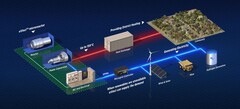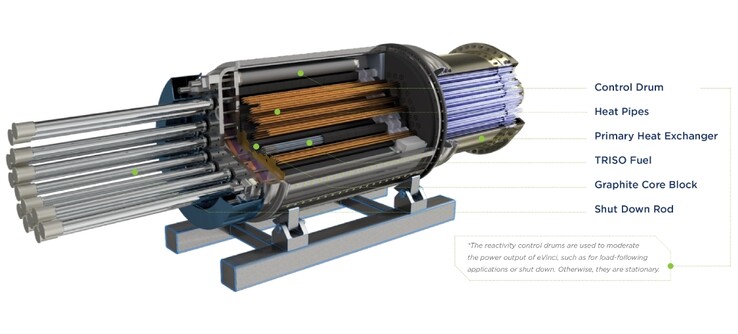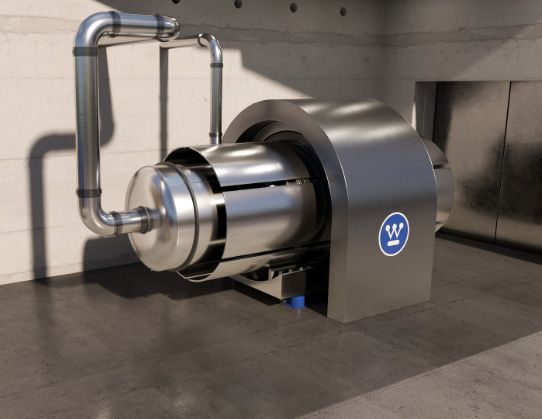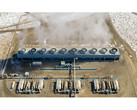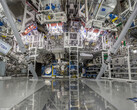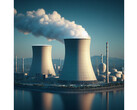Westinghouse Electric Corporation is building a 5MWe micro-modular nuclear reactor that operates without a water coolant system. The Pittsburgh company boasts that the eVinci microreactor can provide nuclear power for eight or more years before it runs out of juice.
As the era of AI unfolds, tech companies are turning to nuclear power for their energy needs. However, getting a nuclear power plant often comes with one caveat: having to build it on-site, which can take years. Small modular microreactors attempt to solve this problem by being somewhat portable and easier to set up. Still, the need for a water coolant system makes the reactor prone to corrosion and erosion – which definitely shouldn't be taken lightly.
A nuclear radiation detector could mitigate these risks, but you cannot be too safe when it comes to nuclear power. This is where the simplicity of the eVinci microreactor comes handy. By eliminating the water coolant system, the reactor is easier to install and much safer.
Westinghouse is touting its heat pipe technology as a way to simplify the components of the reactor. The reactor also employs a Passive Heat Removal System (PHS) to remove heat via convection and radiation. All these heat transfer systems eliminate the need for a proprietary coolant system.
The self-regulating heat pipes transfer heat generated by the temperature stable TRISO fuel away from the core. Not only does this eliminate the need for water in the operations of the reactor, it also eliminates high pressures in the system.
These are not just baseless claims. Recently, Westinghouse successfully conducted heat from a nuclear reactor using a 12-foot (3.6m) long nuclear grade heat pipe without the need for a coolant system. With this new technology, the company claims to enable prototypic life testing at operational temperatures. This also makes it possible to deploy nuclear power at remote locations where water is scarce.
A "nuclear battery"
The strengths of the eVinci microreactor lie in its extreme portability and ease of deployment. It can be carried by a truck and rapidly installed above ground with minimal construction. And as the reactor doesn't require refueling, Westinghouse is promoting it as a "nuclear battery", capable of delivering 5MWe for eight or more years.
Emissions-free power for nearly a decade from a nuclear reactor is as futuristic as this tech can get. Except that it can't arrive soon enough: the first eVinci microreactor isn't expected till 2029.
Source(s)
Source: Westinghouse




